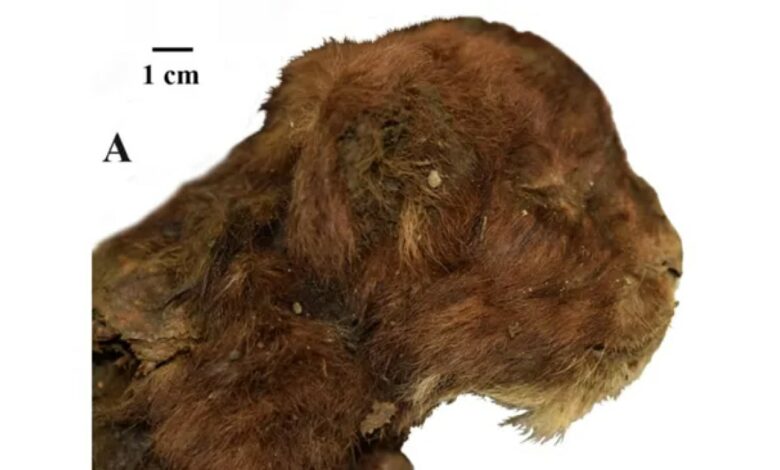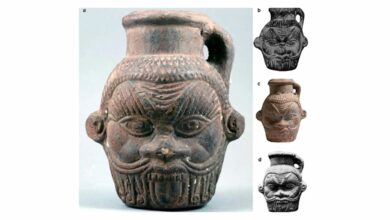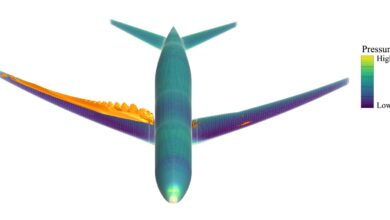Saber-toothed cat preserved for 37,000 years, found in Siberian ice

A 37,000-year-old saber-tooth cat, preserved in near-perfect condition, has been unearthed from Siberian permafrost, shedding light on an extinct predator. The discovery was made in 2020 near the Badyarikha River, north of the Arctic Circle. The frozen remains, including the head, forelimbs and upper body, belong to the species Homotherium latidens. This late Pleistocene creature, estimated to have lived 35,500 to 37,000 years ago, offers unprecedented insight into its anatomy and appearance.
Radiocarbon dating and dental analyzes conducted by researchers indicate that the cub was approximately three weeks old at the time of death. The baby incisors emerging from his jaw served as an important clue. Scientists believe his life was cut short by an abrupt event that left his body frozen in pristine condition.
Detailed conservation reveals unique features
The kitten’s body, covered in soft brown fur, has intact whiskers on the lips and well-preserved paw pads, in addition to sharp claws. Researchers have highlighted the significance of these soft tissues for understanding the anatomy of sabre-toothed cats, details that fossilized skeletons have not revealed for a long time.
Dr. Andrey Lopatin, a paleontologist from the Russian Academy of Sciences and lead author of the study published in Scientific Reports, noted that the cub’s sturdy neck is twice as thick as that of modern lions. Its muscular build and wide feet suggest adaptations to snowy environments, providing evidence of behavioral traits similar to those of today’s big cats.
Insights into evolutionary distinctiveness
Although Homotherium showed similarities to modern lions, its shorter body, longer legs and unique proportions were observed even in this young specimen. Dr. Lopatin emphasized that this anatomical structure indicates the predator’s ability to hunt in cold, harsh climates.
This discovery broadens our knowledge of Homotherium and also provides a rare, tangible connection to prehistoric ecosystems.




